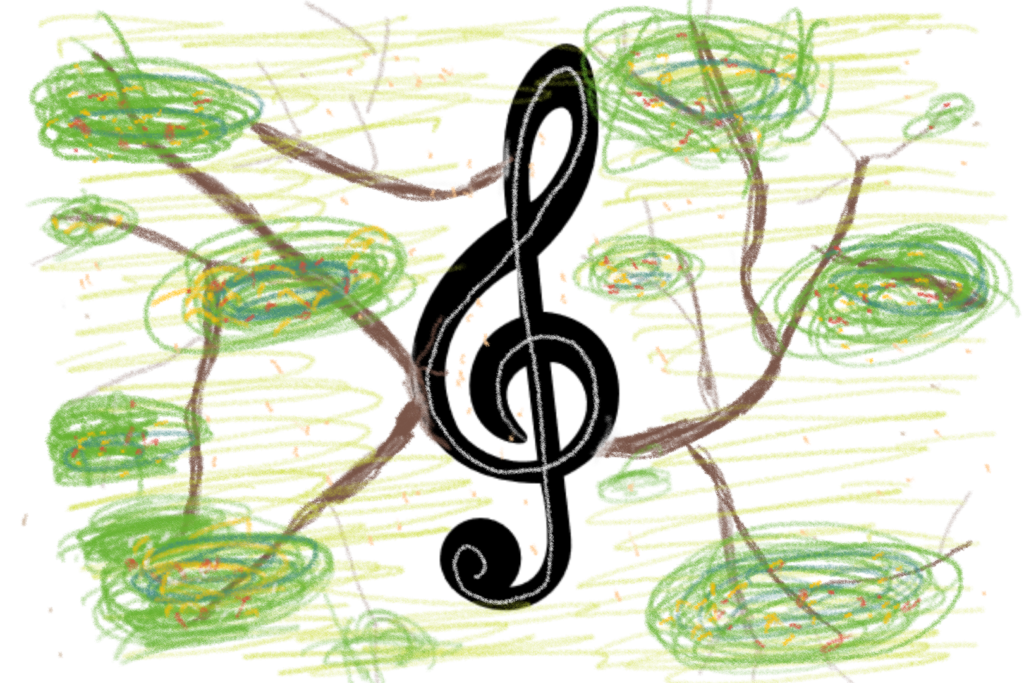Tips for reading treble clef notes
Perhaps you’ll think that step-by-step music reading is too slow-going. You might want to find something more convenient and help you to speed up sight-reading. And then you look for tips to get yourself better at reading treble clef notes. If you browse the internet, a lot of resources tell you that one of the solutions is the use of mnemonics. It could be “FACE” for space notes or “Every Good Boy Deserves Food” for line notes.
1. FACE (space note) or


2. EGBDF, Every Good Boy Deserves Food / Every Good Boy Does Fine (line note)



(PS: You can create your own mnemonic!)
The Problem with Mnemonics
What if you read music notes only by using mnemonics? Any issues if you are too dependent on the use of mnemonics? In this blog post, we will explain why mnemonics can be misleading and how to read treble clef notes in a more efficient way.
Undoubtedly, it’s significantly faster to complete your reading all by using mnemonics. But there are still challenges.
Same Letter ≠ Same Pitch
Let’s take D as an example:
1. As you can see from the picture below, there are two Ds on the stave. The lower D is one step higher than middle C and the higher D is on the fourth line.

2. These two notes use the same letter name, but they direct you to two different keys on the keyboard.

Mnemonics are helpful tools, but they have some limitations when it comes to reading music notes. If you use only mnemonics, you might not notice the difference in pitch and play the wrong key on your instrument.
These are the possible scenarios for beginners:
1. Very soon you recognize D by using mnemonics, but it doesn’t give you enough direction on which key to play.

2. Read the notes step-by-step from middle C and you realize that you have reached a higher D.

Conclusion
To evoke awareness of the difference between pitches, try to read the note step-by-step at the beginning stages. All the mnemonics like FACE or Every Good Boy Deserves Food are good to use. But the first thing you need to do is to familiarize yourself with the order of the treble clef notes, which is C-D-E-F-G-A-B and use it to read your notes step-by-step. This will help you develop a better sense of pitch and make your sight-reading more rewarding.
Exercise
Best way to improve your reading = More Exercises!
The best way to improve your reading is to practice as much as you can. Here is the exercise that will challenge your reading skills. Try it!

